Our Tech
Extracellular vesicles/exosomes are nano-sized (30-200nm) membrane vesicles released from all cell types in the body. While the biogenesis and biological function of extracellular vesicles are complex, it is clear that they carry protein, RNA, and lipids that reflect their cell of origin and thus can serve as a rich source of biomarkers.

ExoSORT is NeuroDex’s proprietary immunoaffinity isolation platform of extracellular vesicles from plasma samples. NeuroDex leading product uses proprietary recombinant antibodies against neuron-specific surface proteins that allow specific isolation of neuron-derived extracellular vesicles (NDEs). The specific ExoSORTing of NDEs from the extracellular vesicles released by all other cells in the body provides a unique neurological liquid biopsy. ExoSORT was optimized and qualified using multiple methods, including unbiased proteomic, RNAseq, and spike-in recovery experiments. ExoSORT is used to identify brain pathology and monitor treatment response.
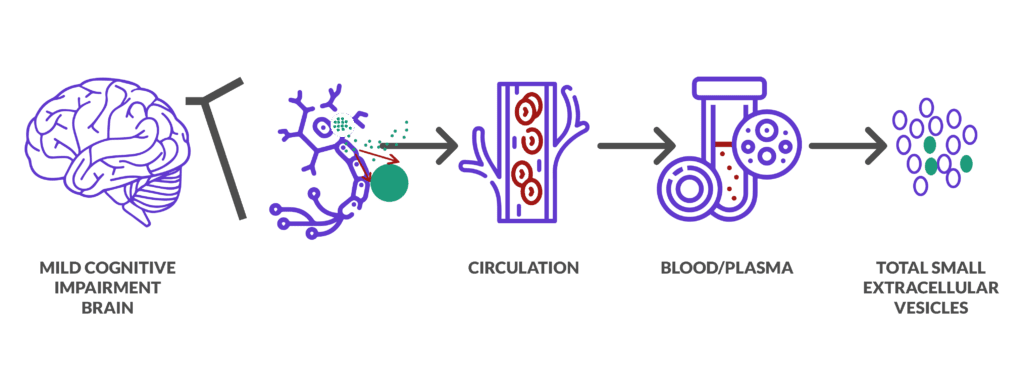
Lumin-EV is an intact extracellular vesicle immunoassay based on the Luminex system, thus allowing efficient multiplexing. Antibodies against specific surface markers are conjugated to index beads and used to capture extracellular vesicles directly from diluted plasma samples. Detection antibodies against general extracellular vesicle markers or specific biomarkers are used for detection. In essence, this is a multiplexed extracellular vesicle co-localization assay.
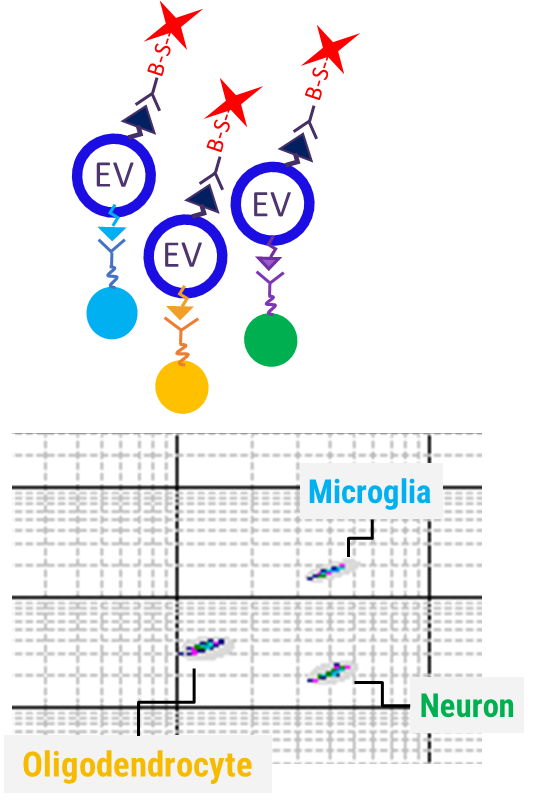
Alpha-synuclein assay: Alpha-synuclein (αSyn) is a protein expressed by multiple cell types. Misfolding, accumulation, and synuclein aggregation are major hallmarks of Parkinson’s disease and Lewy body dementia. Neurodex’s Exosort and LuminEV allow measurements of synuclein pathology specific to neurons via assessment of αSyn accumulation and aggregation inside NDEs or on their surface. We perform similar measurements in the EVs released by microglia and oligodendrocytes. A proof-of-concept study of samples from 50 patients clinically diagnosed with Parkinson’s disease (with and without dementia) and 40 healthy controls demonstrated group separation with 86% sensitivity and 89% specificity.
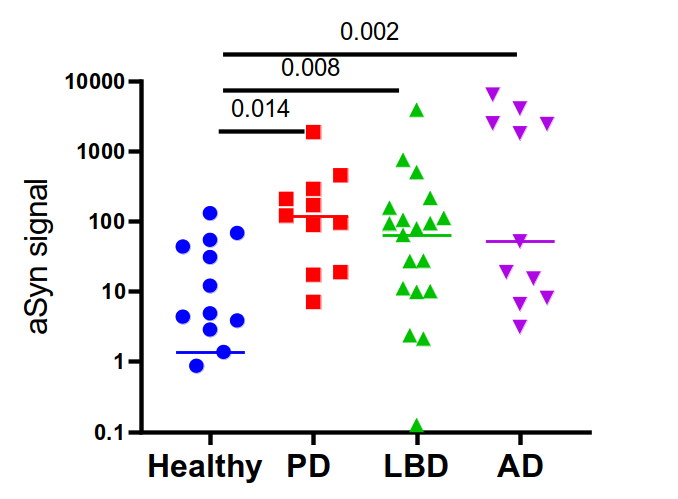
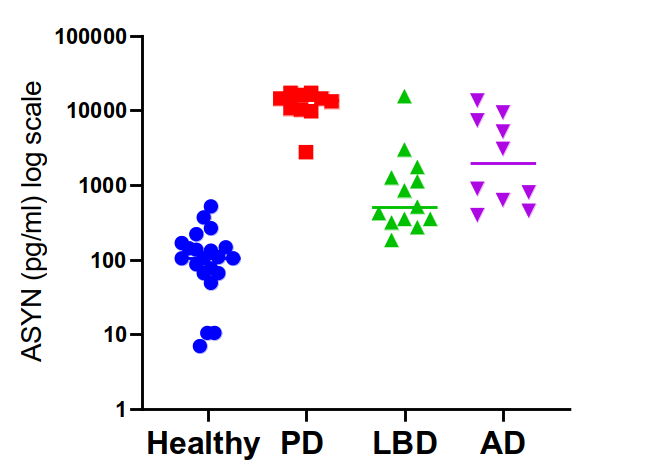
TDP43 Assay: TDP43 mislocalization from the nucleus to the cytoplasm occurs in 90% of ALS patients and about 50% of dementia patients. It has been shown by NeuroDex and others that the mislocalization of TDP43 to the cytoplasm change mRNA splicing and induces the secretion of TDP43 in extracellular vesicles. NeuroDex utilizes the multi-biomarker nature of extracellular vesicles to measure TDP43 and its associated mRNA splicing changes in ExoSORT-isolated NDEs. These measurements demonstrated significant differences between sporadic ALS and healthy controls and correlation with clinical progression ( ALSFRS-R score).
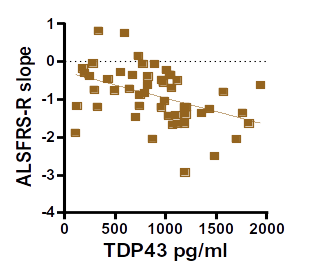
Synaptic protein assay: The brain contains over 1015 synapses (neuron connections) that control everything we do. Synaptic loss is an early event in many neurodegenerative diseases. Synaptic proteins have long been suggested as potential biomarkers, but their measurements are challenging as membrane proteins mainly involve immunoaffinity-mass spectrometry from CSF samples. NeuroDex utilized the Lumin-EV technology to measure an array of synaptic proteins, with the advantage that only one antibody against the synaptic protein is needed. These measurements showed significant differences between early AD and healthy controls (N=60, MMSE>20) and a significant correlation with cognitive scores.
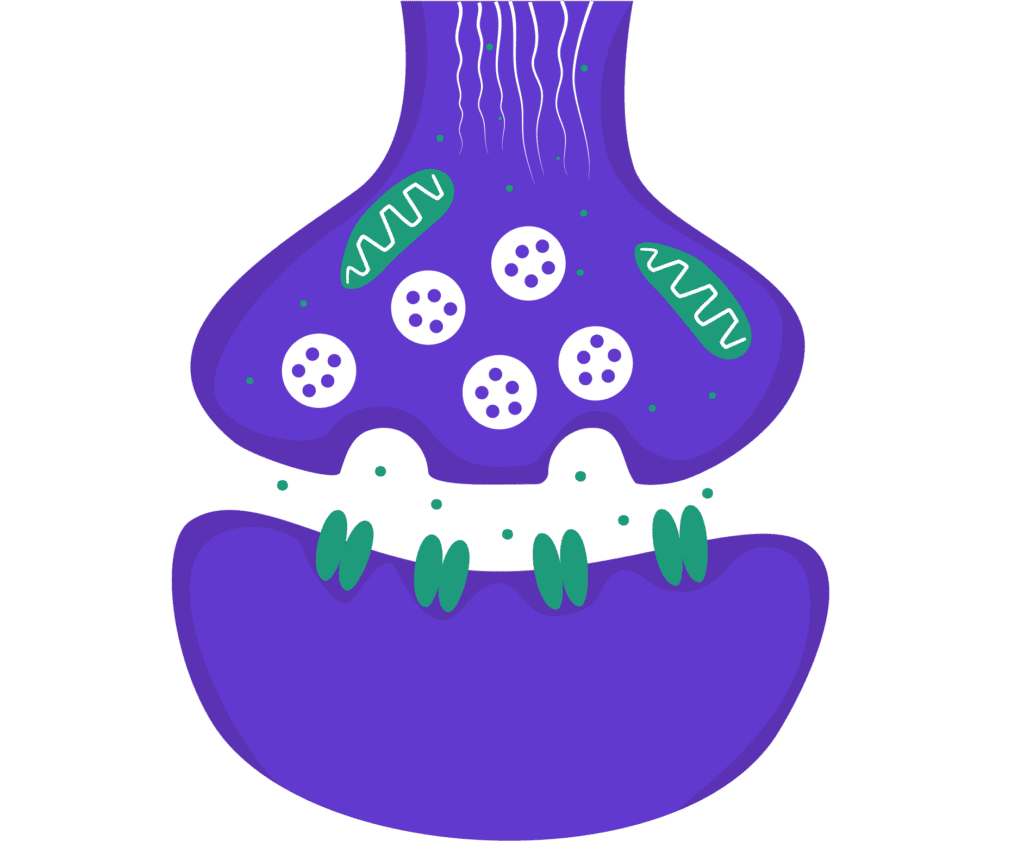
Autophagy assay: Autophagy is the process of clearing misfolded proteins, and it was shown to be involved with multiple neurodegenerative diseases. One of the roles extracellular vesicles play is the disposal of misfolded proteins when the autophagy system is overwhelmed, and therefore they pose a unique potential as autophagy biomarkers. NeuroDex has measured LC3, the main autophagy biomarker, in NDEs isolated by ExoSORT and demonstrated significant changes between neurodegenerative patients (Alzheimer’s, Parkinson and ALS) and healthy controls.
